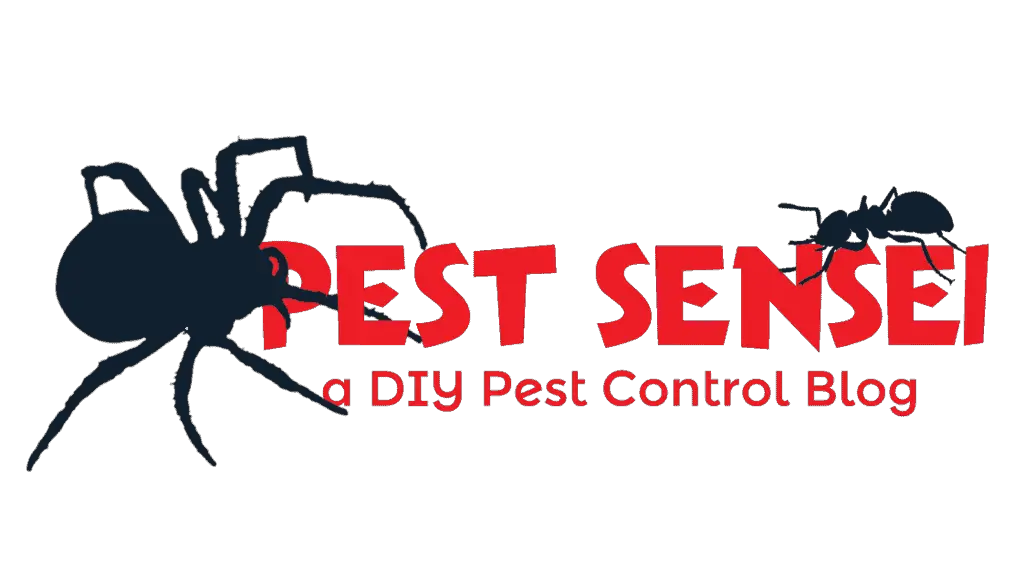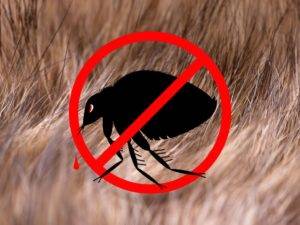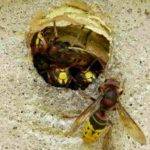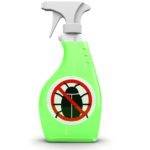Fleas suck! If there are fleas at your home, you will want to get rid of them immediately. In this guide, I will teach you how to get rid of fleas and prevent them effectively, quickly, and safely.
- What are Fleas?
- Fleas vs Ticks? What are the Differences?
- What Caused Flea Infestations?
- What are the Signs of Flea Infestation?
- 7 DIY Methods to Get Rid of Fleas
- Vacuum or steam-clean your home thoroughly
- Wash your pet’s bedding and toys in hot water
- Treat the surrounding with green pesticides
- Sprinkle diatomaceous earth around your home
- Use a flea comb to remove fleas from your pet’s fur
- Give your pet a bath with flea shampoo
- Talk to your veterinarian about prescription flea medication
- How to Prevent Fleas
- Is Vinegar Effective against Fleas?
- Why do Cat Fleas Bite Humans?
- Can Fleas Live on Humans?
- What to do if Fleas Keep on Coming Back?
- What Happens if a Flea Bites You?
- Can Fleas Survive without Blood?
What are Fleas?
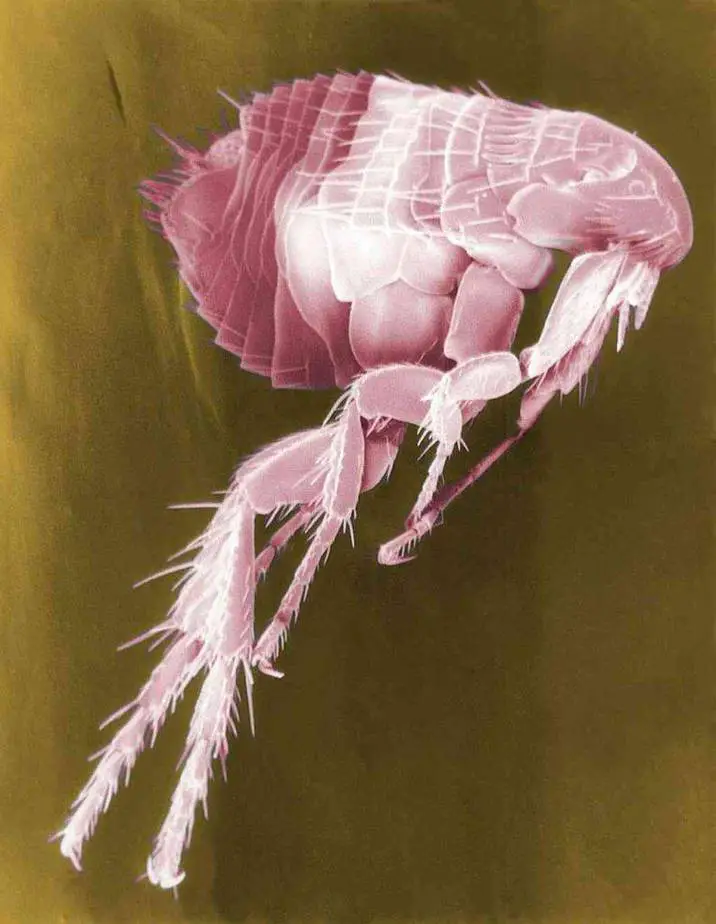
Fleas are small, wingless insects that suck blood. They are about 1/16 to ⅛ inch long and have a flattened body. Flea eggs are white and oval, and they hatch into larvae that are about 1/16 to 3/16 inch long. The larvae grow into pupae, and the pupae eventually emerge as adults.
Adult fleas can remain dormant in the pupal case for up to 2-3 months. However, they will emerge when they sense the presence of a suitable host, such as a cat or dog.
Fleas can transmit diseases such as bubonic plague and murine typhus through their bites and droppings. They can also transmit tapeworms if infected fleas are eaten.
While fleas cannot fly, they are excellent jumpers. They can jump up to 130 times their own height! This allows them to easily jump from one host to another.
In the United States, most flea infestations are caused by cat fleas. While they are called the cat fleas, they are also causing infestation in dogs.
Fleas vs Ticks? What are the Differences?
Fleas and ticks are both small, blood-sucking parasites that can infest pets and humans. However, there are some key differences between the two pests.
Size and appearance
Fleas are much smaller than ticks. Adult fleas are about 1/16 to ⅛ inch long, while adult ticks can be up to ¼ inch long. Fleas also have a side-flattened body, while ticks have a more rounded body.
Legs
Fleas have six legs, while ticks have eight legs. This difference in leg number is one of the easiest ways to tell the two pests apart.
Metamorphosis
Fleas undergo complete metamorphosis, while ticks undergo incomplete metamorphosis. This means that fleas go through four distinct stages in their life cycle: egg, larva, pupa, and adult. Ticks, on the other hand, go through three stages: egg, larva, and nymph.
Diet
Only adult fleas feed on blood. The other stages of the flea life cycle do not feed on blood. Ticks, on the other hand, feed on blood throughout their life cycle.
Infestation
Fleas are typically found indoors. They typically infest homes through pets. Meanwhile, ticks can be found both indoors and outdoors. They can infest homes through contact with wildlife or simply by going outdoors.
Learn more about how to get rid of ticks here.
What Caused Flea Infestations?
Flea infestations commonly occur when pets come into contact with stray animals or infected pets. Maintaining poor hygiene conditions for your pets can escalate the infestation. Additionally, infestations can arise from rodent activity in the home or close encounters with infected wild animals.
What are the Signs of Flea Infestation?
The primary indication of a flea infestation is persistent itching resulting from flea bites. If you observe your pets scratching frequently, it could be due to fleas. You may also notice small, dot-like insects or flea dirt on your pets. Fleas can also be seen jumping on pet bedding, sofas, and carpets.
What are Flea Dirts?
Flea dirt are the droppings left behind by fleas. These droppings have a reddish-brown color and contain partially digested blood.
It’s important to note that flea dirt may be contaminated with pathogens carried by the fleas, such as Rickettsia, which can cause murine typhus. Scratching the affected area may inadvertently rub the flea dirt into open wounds, increasing the risk of contracting the disease.
7 DIY Methods to Get Rid of Fleas
Here are the 7 DIY methods that can help you get rid of fleas. Note that employing 1 of the 8 methods alone will not solve your issue. You need to combine different methods to effectively get rid of fleas.
Vacuum or steam-clean your home thoroughly
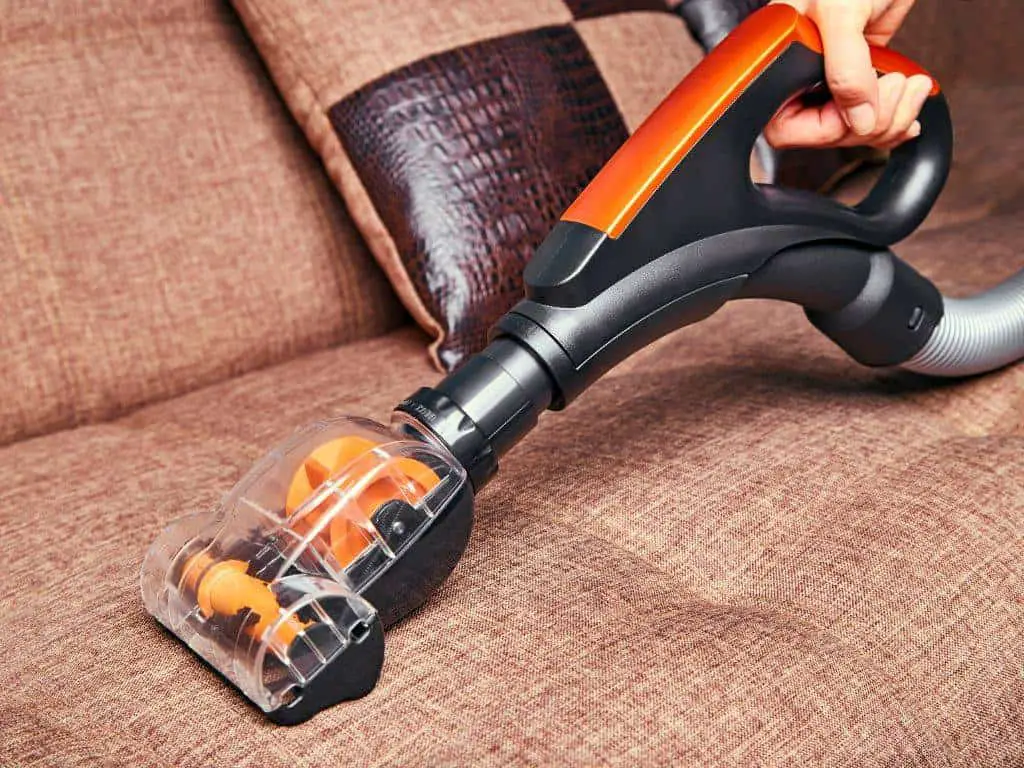
Vacuuming and steam-cleaning are important steps in flea control. It helps to remove adult fleas, flea eggs, and flea larvae from your home.
To do this effectively, you should vacuum or steam-clean all carpets, furniture, and bedding thoroughly. Pay attention to areas where your pets spend time, such as their beds and favorite spots. Use the vacuum’s crevice tool to get into cracks and crevices where the flea larvae hide.
Seal and dispose of the vacuum bag outside immediately after vacuuming. This will help to prevent the fleas from escaping back into your home. Vacuum every day for the first week, then twice a week for the next two weeks so that you do not miss any fleas that somehow managed to escape.
If you have a bagless vacuum, be sure to empty the dust bin and rinse it with hot water and soap. Alternatively, you can treat the dust canister with any green pesticide such as Nature-Cide.
Pest control professionals usually vacuum some diatomaceous earth, such as Natural Guard Diatomaceous Earth, into the vacuum bin to kill the trapped fleas.
While vacuuming and steam-cleaning is an important part of getting rid of a flea infestation, it is not the only thing you need to do. You should also wash your pets’ bedding, use a flea treatment on your pets, and so on.
Wash your pet’s bedding and toys in hot water

Fleas can live in your pet’s bedding, so it’s important to wash it immediately. This will help to remove any fleas or flea dirt that may be on the bedding.
To wash your pet’s bedding, you can use a regular washing machine and dryer. However, it’s important to use hot water and high heat to kill any fleas that may be present.
A temperature of 130°F (54°C) or higher is required to kill all stages of the flea life, including eggs, larvae, and adults.
After washing your pet’s bedding, be sure to dry it on high heat. This will help to kill any remaining fleas.
It is important to note that washing your pet’s bedding at a high temperature may damage some fabrics. If you are unsure whether your bedding can withstand high temperatures, you can consult the care label.
Treat the surrounding with green pesticides
Pesticide treatment is usually fast acting, and least tedious compared to vacuuming. That’s why many homeowners prefer chemical treatments. Make sure you read the label of the product, and follow the instructions given.
Always consider using eco-friendly or pet-friendly pesticides, such as Nature-Cide. Nature-Cide is a green product containing cottonseed oil and clove oil. It is a great choice for health-conscious individuals who prioritize natural and organic products.
Additionally, Nature-Cide is safe for use around children and pets, so you can keep your home pest-free without worrying about any adverse effects.
Treat infestation hotspots such as cracks and crevices, baseboards, edges of carpet, dark corners and pet items to kill fleas. Repeated treatments after a few days to kill newly emerged fleas.
Sprinkle diatomaceous earth around your home
Diatomaceous earth (DE) is a natural substance derived from the fossilized remains of diatoms, tiny organisms that lived in the ocean millions of years ago. Its sharp and abrasive texture enables it to penetrate the exoskeletons of fleas, leading to their dehydration and demise.
To effectively employ DE for flea control, it’s essential to apply it strategically in areas where fleas are commonly found. Focus on places where your pets spend time, such as their beds, favorite spots, and beneath furniture. Additionally, sprinkle DE along baseboards, in cracks and crevices, and across carpets.
Use DE intended for pest control, such as Nature Guard DE. Other DE may not have the right particle size for effective control of fleas.
Always wear a dust mask while applying DE to shield your lungs. It’s advisable to avoid direct contact with your skin, as DE can cause irritation.
After applying thin and even layers of DE throughout your home, allow it to remain undisturbed for a few days. This period ensures that the DE eradicates both present fleas and any developing eggs. Subsequently, you can proceed to vacuum the treated areas, removing the DE and any remnants of fleas.
Use a flea comb to remove fleas from your pet’s fur
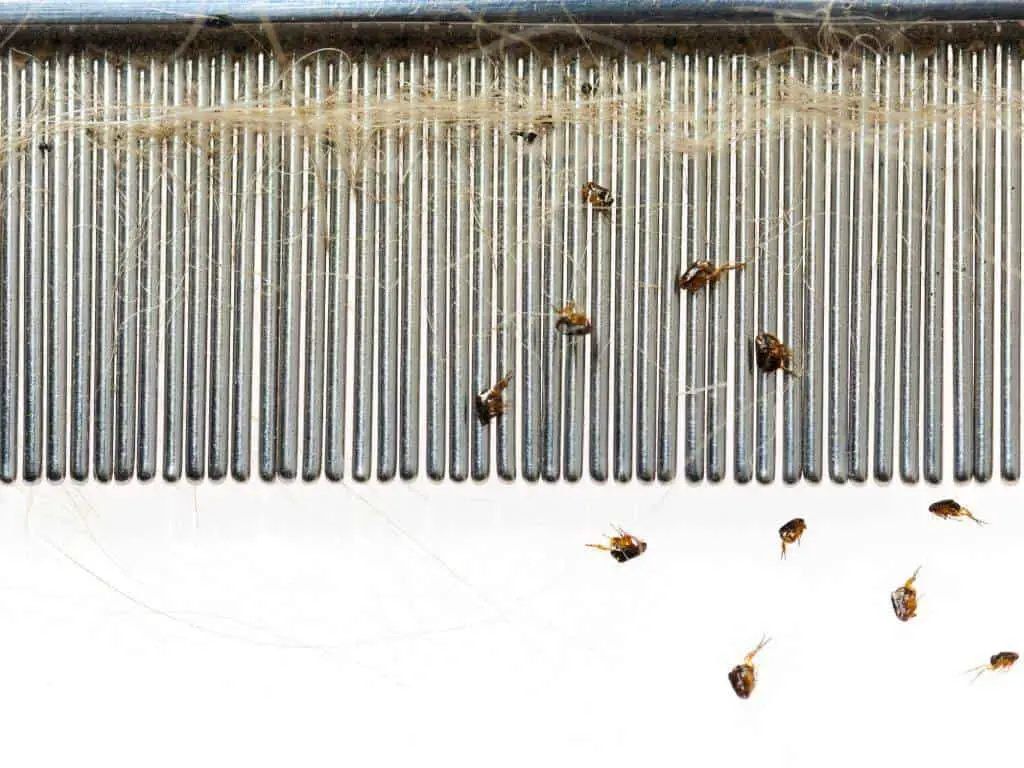
To effectively eliminate fleas from your pet’s fur, a flea comb proves to be an invaluable tool. This fine-toothed comb is both affordable and non-toxic, offering a practical solution for flea removal.
To use a flea comb correctly, follow these steps:
- Choose a well-lit area to facilitate visibility while combing your pet’s fur.
- Begin by parting your pet’s fur and comb through it slowly and meticulously.
- Keep an eye out for fleas and their eggs. Fleas are small, brown insects capable of jumping, while their eggs appear as tiny, black specks.
- Whenever you come across a flea or its eggs, use the flea comb to carefully extract them from your pet’s fur.
- After every few comb strokes, immerse the flea comb in a bowl of soapy water to drown the captured fleas. You can also crush the fleas with your fingers or dispose of it by flushing it down the toilet.
- Continue combing your pet’s fur diligently until all fleas and their eggs have been successfully removed.
Remain patient and thorough throughout the combing process, as it may take some time to completely eliminate all fleas and their eggs.
If your pet has long hair, trimming their fur can make the combing process more manageable.
Consider having a helper assist you in holding your pet still if they tend to be restless during grooming sessions.
It’s important to understand that using a flea comb alone will not eradicate all fleas on your pet. It should be complemented with additional measures listed in this article.
Give your pet a bath with flea shampoo
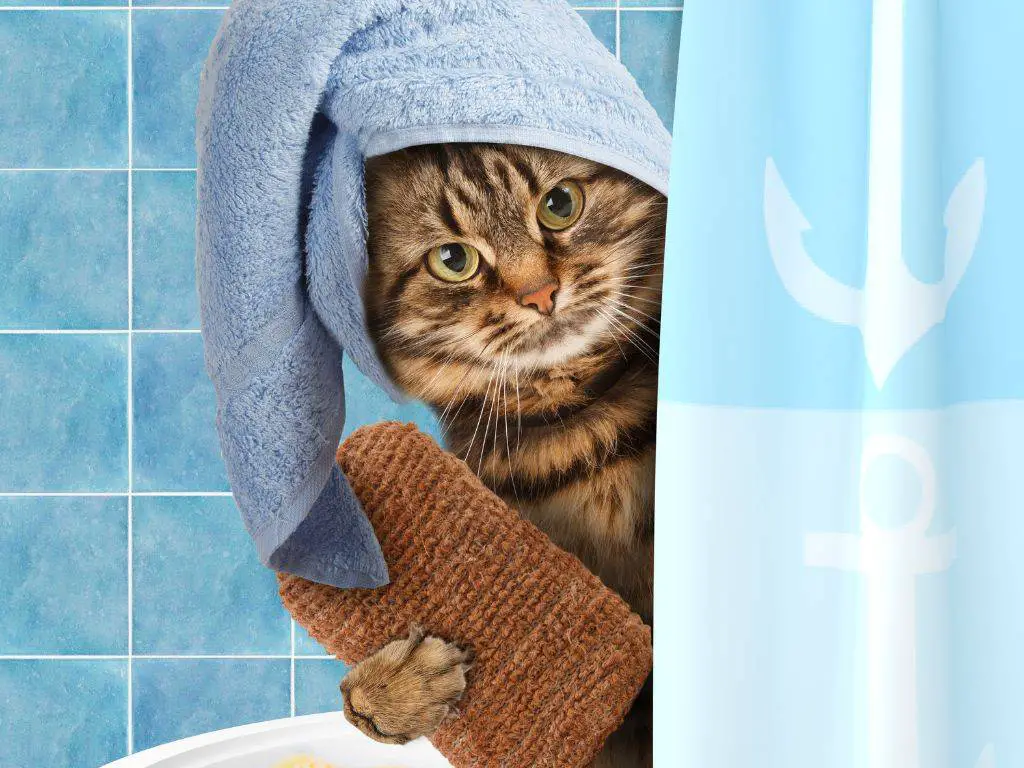
Flea shampoo serves as a topical treatment that effectively eliminates fleas from your pet. It offers a relatively straightforward method to combat fleas, but it is crucial to carefully follow the directions provided on the shampoo bottle.
I recommend using Richard’s Organics Flea & Tick Shampoo. It is a green product that contains a blend of essential oils, including peppermint, clove, cedar-wood, etc. Beside being pet-friendly and eco-friendly, this product is effective in killing fleas. If you want to go all natural, this is something you must consider.
When bathing your pets, be sure to massage the shampoo into your pet’s fur, ensuring that you reach all the hidden areas. Allow the shampoo to remain on your pet’s fur for the recommended duration specified on the shampoo bottle, before washing off.
Consider trimming the hair of your pets to allow better penetration of shampoo. If your pet is not accustomed to baths, initiate the bathing routine by starting with a foot bath to help them become accustomed to the water. For highly energetic pets, bathing them in a sink or smaller tub might be a more suitable option.
After the bath, remember to reward your pet with praise and treats to reinforce positive associations with the bathing experience.
Talk to your veterinarian about prescription flea medication

When it comes to eradicating fleas from your pet, prescription flea medications prove to be the most reliable and efficient solution. These medications are available in various forms, including oral tablets, gummy and topical treatments.
Prescription flea medications are generally safe and effective. However, it is essential to discuss any potential side effects with your veterinarian and thoroughly understand the risks and benefits associated with the medication before administering it to your pet.
When discussing prescription flea medication with your veterinarian, inform your vet about any other medications your pet is currently taking. Be sure to discuss any potential side effects and of the medication and how to manage them, if applicable. For instance, NexGard is not suitable for lactating dogs.
Do note that prescription medications do not repel or prevent fleas. Instead, it only kills fleas that bite your pets.
How to Prevent Fleas
To prevent fleas from infesting your pets and home, it’s crucial to adopt proactive measures. By following these guidelines, you can significantly reduce the risk of flea infestations.
Restrict outdoor activities
Limit your pets’ outdoor access and avoid allowing them to mingle with stray animals. Fleas often hitch a ride on other animals and can easily transfer to your pets.
Use flea collars

Utilize flea collars as an additional layer of protection for your pets. These collars are designed to repel fleas and prevent infestations.
Get rid of rodents
Ensure your house remains free from rodents, including squirrels. Rodents can carry fleas into your living spaces, leading to potential infestations. Implement effective rodent control measures to minimize the risk.
Regular vacuuming
Make vacuuming a routine part of your cleaning regimen, as it can eliminate fleas in their early stages before they become a significant problem. Pay special attention to areas where your pets spend time, such as carpets, upholstery, and pet bedding.
Is Vinegar Effective against Fleas?
Concentrate vinegar can kill fleas on contact, since it contains acetic acid. When diluted with water, it can be used to drown the fleas. However, vinegar spray leaves no residue effect, and doesn’t repel fleas unlike popular claims on the internet.
Why do Cat Fleas Bite Humans?
While cat fleas typically prefer biting animals, they may resort to biting humans if they cannot find a suitable host. Flea bites on humans commonly concentrate around the feet. It is worth mentioning that fleas do not thrive when feeding on humans due to the absence of thick fur that would provide protection for the fleas.
Can Fleas Live on Humans?
In situations where poor hygiene or impaired mobility is present, fleas can indeed survive on humans. However, it is important to note that fleas can be easily eliminated when a human takes a bath, as there is no dense fur on the human body for the fleas to conceal themselves.
What to do if Fleas Keep on Coming Back?
If you have diligently followed all the recommended measures mentioned earlier and fleas continue to reappear, it is advisable to seek assistance from a pest management professional. You can obtain non-obligatory quotes from local service providers through platforms like Networx.
What Happens if a Flea Bites You?
When a flea bites, it introduces pathogens and antigens into the bloodstream through its saliva. These pathogens may cause illness, while the antigens trigger itchiness. Some individuals may develop allergic reactions to flea bites, exacerbating the discomfort.
Can Fleas Survive without Blood?
An active adult flea cannot survive beyond a few days without a blood meal. However, a dormant flea inside its cocoon can endure hunger for several months until it senses a suitable host. Larvae primarily feed on dirt and flea dirt instead of blood, while pupae do not consume any food at all.
